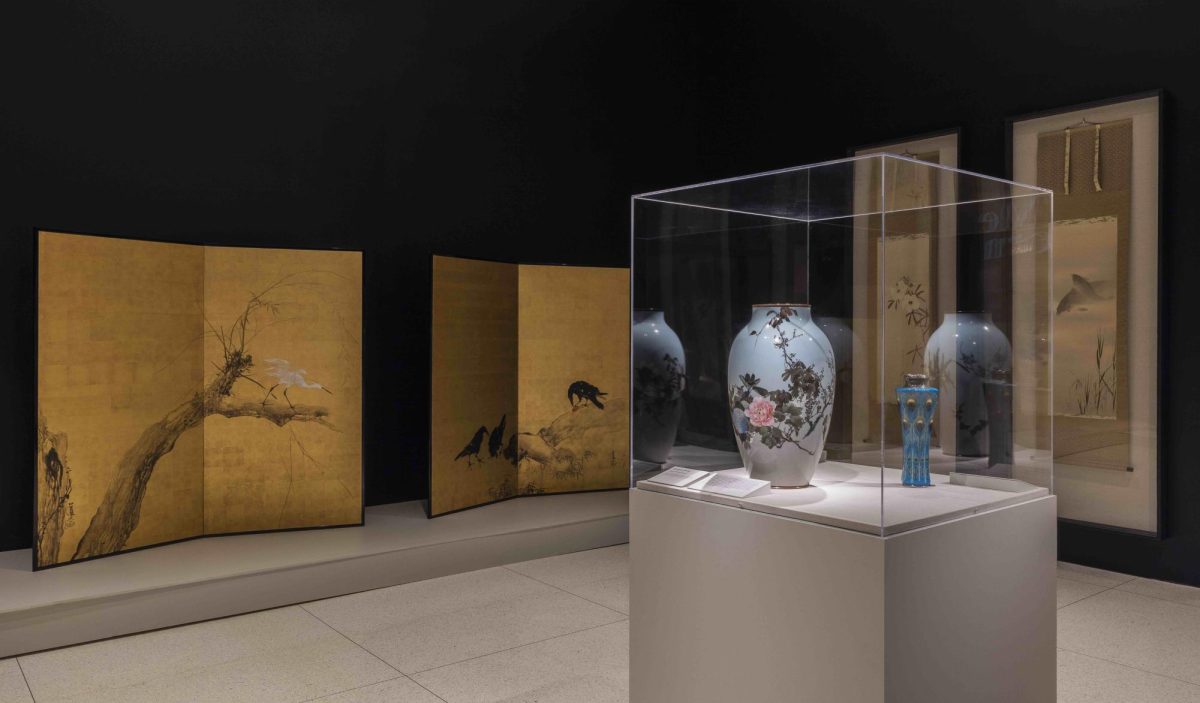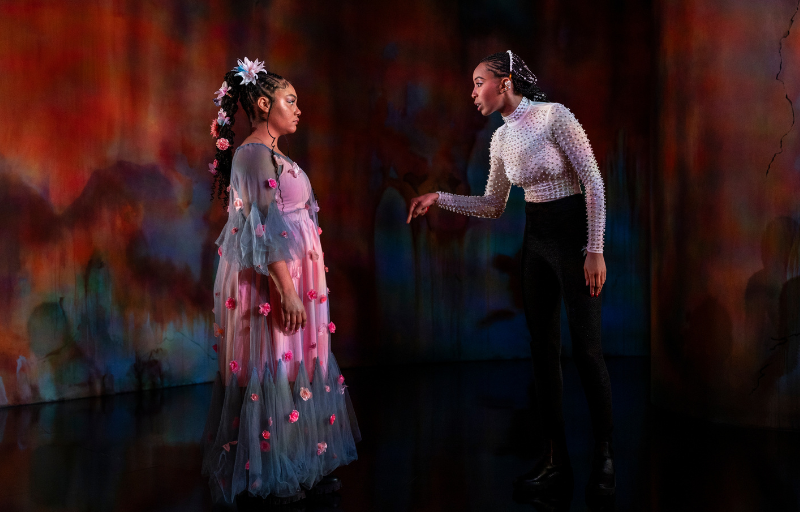Getting student tickets to the CSO is usually easy on a weeknight. You go an hour before the concert, pay $10 to 15 in cash, and voila! You are allowed to hear and watch one of the best orchestras in the country. So imagine my surprise when after calling ahead, I learned that there were no student or press tickets available for a Tuesday night performance.
With a little help from my editor and the Max Palevsky Resident Masters, however, I snagged a ticket, and as we bumped downtown in a big yellow school bus, I mused over what exactly drove thronging crowds to hear a concert consisting of Brahms’s second “Pastoral” symphony and his second piano concerto. Was it the fact that James Levine, music director of the Boston Symphony Orchestra, was conducting? Was it the fact that Daniel Barenboim, music director of the CSO, was performing the piano concerto? Or was it the concert program itself?
What immediately struck me was the fact that the orchestral seating was organized as if for a classical as opposed to a Romantic performance. The violins were seated opposite each other on the stage, and the cello and violas were tucked in between. A small box in the middle had been left open for the woodwinds, the double basses rested in a line in the far back left of the stage, and the small brass section had been snuck back on the right. Levine, unlike most maestros, sits while conducting—perhaps an echo of his brilliance in the opera orchestra pit.
The horns began the symphony with a call that was vaguely weak and out of tune, but they were quickly rescued by the surprisingly strong and graceful flutes. The violins then entered with a strident poignancy, and slowly, a scene of calm, idyllic country life unfolded. Although vacillating between excellent intonation and skittish insecurity, the theme passed beautifully between flutes, clarinets, and violins; indeed, when the break to the development section arrived, the winds created a polished, rounded cadence that introduced a sense of seamless motion.
The adagio began with a cello solo that was lovely, although overbearing. The violins entered to repeat the theme and were able to easily take it down a notch but still play with passion. Indeed, the strength of this movement was the sheer intensity of the interactions between all sections. Each instrument supported, affirmed, and extended what its predecessor had created. Another notable feature was the lack of freneticism—the orchestra cherished every note, inviting the audience to wonder with them.
The third movement began with clarity and ended with luxuriant languor. There was a slight sense of staleness towards the end, and no one seemed to have the energy to freshen it up. One could feel the audience slowly drifting, when, suddenly, the fourth movement erupted into the soundscape. Energy was injected into the music with a vengeance; it was eloquent testimony to Levine’s ability to put his inimitable touch into something so widely known and appreciated. The pathway to immortality lies in memories, and last Tuesday’s rendition of Brahms’s second shall be remembered as Levine’s.
After intermission, Barenboim and Levine walked onstage to the salutatory roar of the audience. Brahms’s second piano concerto began with a piano cadenza, executed and echoed equally well by Barenboim and the orchestra. Throughout the first movement, there was a beautiful blend of force and lyricism, despite the occasional tinge of competition between Levine and Barenboim. Who exactly was leading the orchestra? Barenboim’s solo parts were played effortlessly, with a quintessentially “Barenboim” sound—smooth, polished, tinkling water. Every entrance was seamless. In addition, he played the terpsichorean ending with a humor and lightness usually eschewed by most pianists. Granted, toward the end, his playing became a bit too choppy, but the brass re-invoked the theme, drawing it back for a healthy, solid ending.
There was a sudden lack of aesthetic communication between Barenboim and the orchestra in the second movement, but this time, it was Barenboim who brought everyone back with a sufficient amount of grounded force. Slowly, a web of soft, restless music—and the shy, perpetually searching melody—began to bloom. The theme expanded with an upwards swell. Suddenly, without warning, the orchestra and Barenboim began to play a Haydn-esque escapade. The calm, searching theme was quickly reinstated, and the orchestra ended the piece on a note of anxiety.
The third movement of this piano concerto is known for the cello solo at the beginning, and John Sharp, principal cellist of the CSO, rendered it with virtuosic sensitivity. He played strongly, imbuing every note with an indescribable yearning. Barenboim responded well, following the cello’s lead with no desire to overtake or overdo what Sharp had created. There was an incredible amount of theatrical drama to this movement, but instead of being trite or overwrought, it was passionate and essentially human.
The fourth movement began with the piano playing a light, bawdy dance and the frolicsome orchestra chiming in. Everyone seemed to waltz together, Levine included, as he waved his arms around and turned in his swivel chair first to the second violins, next to the cellos, and then to Barenboim. He seemed to inspire everyone to soaring heights of expressiveness. As the piece rose and fell, the theme was introduced over and over in endless variety. At times purely joyful and at times with a sinister tinge, the haunting feeling of the third movement resurfaced sporadically and began to assert itself with ever increasing intensity. Levine began to show signs of wanting to jump out of his chair and, in an effort to resist, turned more and more to Barenboim, urging him on. The piece ended with a roar from both the performers and the audience.
Afterward, it was evident why the concert had been sold out—two maestros well experienced in the art of making music are a sheer joy to witness. Moreover, they had the ability to render the music so effectively that the listeners felt, loved, and internalized it. These two men know how to imbue the greatest masterpieces with a sense of approachability and attainability. They did not consciously attempt to make their art popular or appealing, and that was why they succeeded so entirely.









